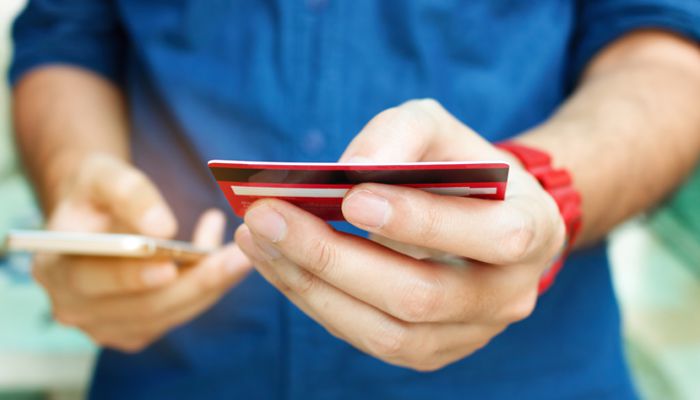
5 Tips For Credit Repair
5 Tips For Credit Repair – For college students, getting access to a credit card just got a little bit more difficult. The credit overhaul legislation that passed in 2009 and went into effect in early 2010 contains a provision that states that college students must have an adult co-sign their application with them. This means no more running up credit card bills without their parents knowing about it.
And of course, there are other options besides credit cards, such as prepaid debit cards. Here’s how they work: prepaid debit cards carry the symbol of major credit cards like Master Card, American Express, Discover and Visa. In fact, from the outside, they look like a regular credit card. But, they actually work in a very different way.
With prepaid debit cards, the card is purchased with a balance already on it. Instead of taking out a mini-loan every time you make a purchase and paying interest on it (as with a credit card), when you use a prepaid debit card you are basically just burning through the balance already on the card. Once it runs out, you cannot use it anymore until you refill it.
But, which is better? Should you get prepaid debit card or a credit card for a college student? Here are 5 insights:
1. Despite the new law, college students are still obtaining credit cards:
Of course, some college students have found ways around the new law that restricts their ability to get easy access to credit.
Meanwhile, many other college students are still able to convince their parents to co-sign their applications, rendering the law fairly meaningless in terms of their being able to qualify for a card. All of this means that students and their parents still need to face the question: are credit cards good for college students?
2. Credit cards still have their advantages:
A recent Sallie Mae study concluded that the average graduating college student carries $4,100 in high-interest credit debt. And, college students are also known to pay a disproportionate amount of money in fees due to late payments. This means these cards are all-bad, right? Not necessarily.
While many students just are not financially sophisticated enough yet to responsibly use credit cards on an ongoing basis, having a credit card nearby can be smart to be used in emergency situations. After all, with a debit card, once the balance runs out, that’s it. There is no safety net.
3. Prepaid cards may be a better solution for managing day-to-day finances:
However, for managing monthly expenses such as food, books, and clothing while in college, prepaid debit cards can be a more responsible way to go. After all, with these cards, a student can manage exactly how much they are willing to spend each month. They can do this by only loading up the card with the budgeted amount, and no more.
4. Prepaid cards can be refilled through direct deposit:
But, what happens when the prepaid gift card’s balance goes to zero? Simple: the card can be refilled via direct deposit. This means that you will also have real cash backing the balance on your card – unlike with the other types of card. And, with a prepaid gift card, there is no interest to pay, which can save college students thousands of dollars in interest payments versus when using a credit card.
5. The perfect solution is likely a hybrid:
The ideal solution? Maybe having both. One way to go is to apply for a credit card with the parent co-signing. The student and parent can agree to a certain amount that the student is allowed to spend with the card each month, but that amount must be paid down. Doing this can help the student build their credit history (which a prepaid card cannot help with). But, for managing monthly expenses responsibly, the student can use the prepaid debit card.
Consider these 5 insights for answering the question: which type of card is better for college students?



